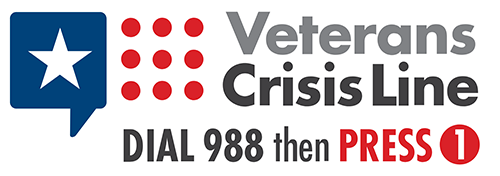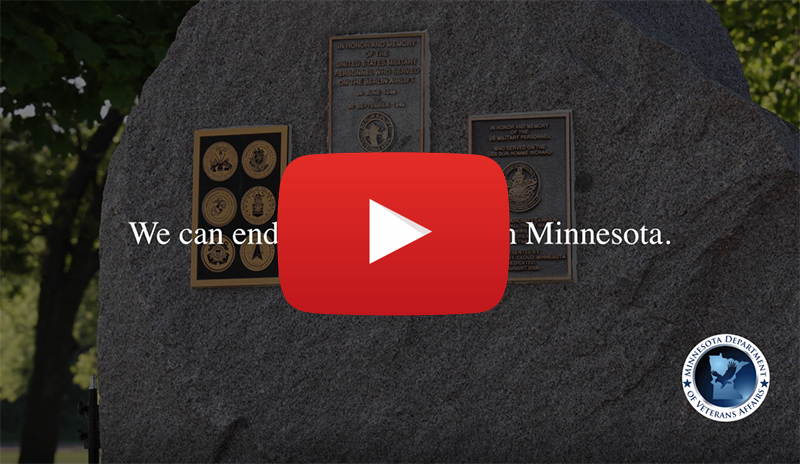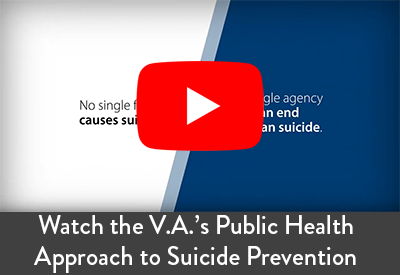 If you or someone you know is in crisis, please call the Veterans Crisis Line at 988, then press 1.
If you or someone you know is in crisis, please call the Veterans Crisis Line at 988, then press 1.
The Veterans Crisis Line is the world’s largest provider of crisis call, text, and chat services, according to the U.S. Department of Veterans Affairs. It serves more than 650,000 calls every year, 24 hours a day, 7 days a week. Users also may text to 838255 or chat online to receive confidential crisis intervention and support.
 Preventing Veteran suicide is a priority for the Minnesota Department of Veterans Affairs. Suicide has claimed more than 100 Minnesota Veteran lives per year during the past five years. As this rate continues to increase, especially among younger Veterans, the Minnesota Department of Veterans Affairs is collaborating with others to identify the root causes of Veteran suicide and create an innovative, cooperative way to reverse this trend. We are working toward zero Veteran deaths by suicide in Minnesota.
Preventing Veteran suicide is a priority for the Minnesota Department of Veterans Affairs. Suicide has claimed more than 100 Minnesota Veteran lives per year during the past five years. As this rate continues to increase, especially among younger Veterans, the Minnesota Department of Veterans Affairs is collaborating with others to identify the root causes of Veteran suicide and create an innovative, cooperative way to reverse this trend. We are working toward zero Veteran deaths by suicide in Minnesota.
Video Resources
MDVA is partnering with the VA Healthcare System to distribute free gun locks. According to the U.S. Department of Veterans Affairs, a locked gun can mean the difference between a tragic outcome and a life saved for someone in crisis. Though Veterans are well-versed in firearm safety, all gun owners should understand that during emotional or stressful times, delaying access to a gun could mean the difference between life and death. Gun locks can prevent someone in crisis from tragically taking their own life.
In an effort to reduce these preventable tragedies, MDVA is offering free gun locks. To request a gun lock, please email SuicidePrevention.MDVA@state.mn.us with your name and address. This information will not be shared; requests are confidential.
The acronym S.A.V.E. can help one remember important steps involved in suicide prevention if you encounter a Veteran in crisis:
S – Signs of suicidal thinking should be recognized.
A – Ask the most important question of all: Are you thinking of killing yourself?
V – Validate the Veteran’s experience.
E – Encourage treatment and expedite getting help.
 Veteran suicide is often the result of a combination of factors, including mental or physical illness, alcohol or drug abuse, painful loss, exposure to violence, social isolation, and access to lethal weapons. Veterans are at a higher risk for suicide than the civilian population.
Veteran suicide is often the result of a combination of factors, including mental or physical illness, alcohol or drug abuse, painful loss, exposure to violence, social isolation, and access to lethal weapons. Veterans are at a higher risk for suicide than the civilian population.
Minnesota hopes to increase the ability of its local communities to coordinate culturally appropriate suicide prevention activities through the following objectives: